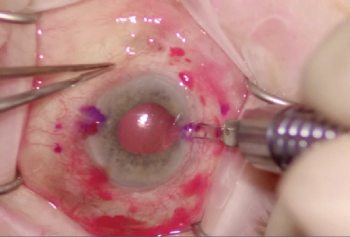
Practice and preparation are key for mastering the procedure.

Practice and preparation are key for mastering the procedure.
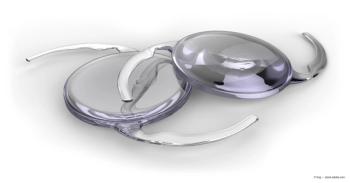
One surgeon shares the early results of his experience using the new TECNIS Eyhance and TECNIS Eyhance Toric II IOLs in performing the first post-FDA-approved cases in the U.S.
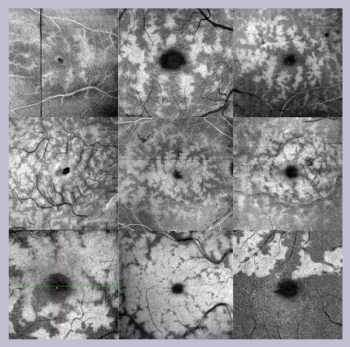
Technology helps physicians understand normal and abnormal macular anatomy.
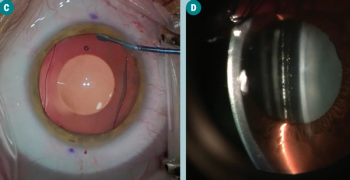
Phakic option provides hope to patients who are not candidates for laser vision correction.
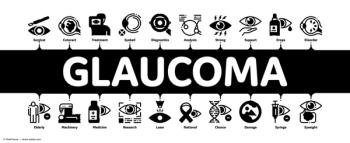
Physician presents pearls for effective use, leading to positive outcomes for patients.
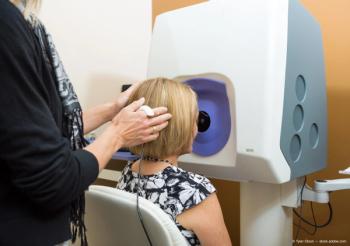
Physicians should evaluate which options best meet the needs of their practices.
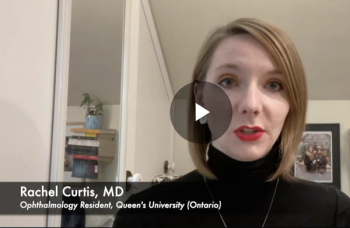
Rachel Curtis, MD, a fourth-year resident at Queen's University, Kingston, Ontario, Canada, discusses the highlights from a study comparing a smartphone-compatible device versus traditional direct ophthalmoscopy in teaching medical students how to complete an optic nerve examination.
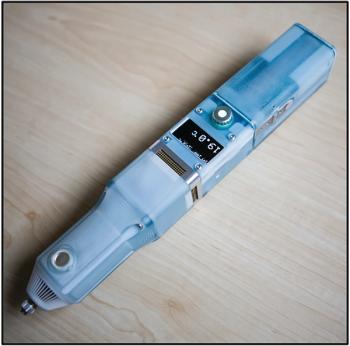
Precision injection device can improve patient and physician experiences.
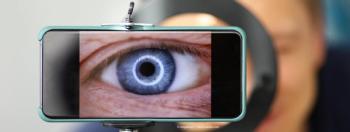
Investigators find technology aids instruction of students.
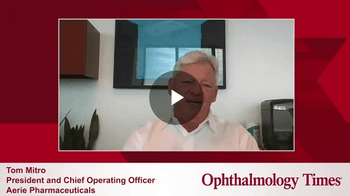
Tom Mitro, president, COO of Aerie Pharmaceuticals, discusses the key highlights from an industry panel discussion titled "Innovate without borders," held during the Glaucoma 360 New Horizons Forum, including the company's role in expanding into the global glaucoma therapeutics market.

Intraocular drainage surgery may have a future for treating issues.
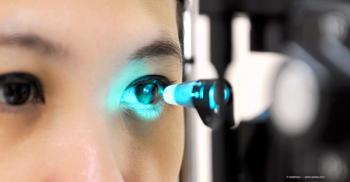
Consider ideas about outflow pathways, neuroprotection.
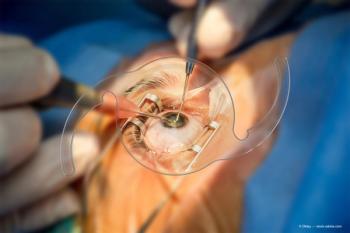
Phakic lenses are proving to be excellent additions to refractive practices.
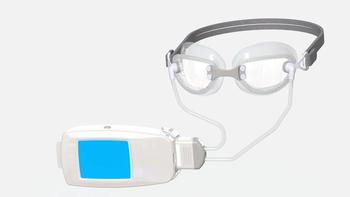
A new therapy provides noninvasive nighttime IOP control by programming the desired pressure into the device, explained John Berdahl, MD, during the New Horizons Forum.

Glaukos Corporation's COO Chris Calcaterra gives an update on the company's latest 24-month phase 2b data for its iDose TR sustained-release travoprost implant, next steps for securing FDA approval, and his outlook for 2021.
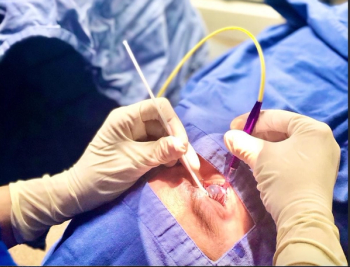
Noninvasive option reduces IOP in patients with glaucoma.

Emerging technology may facilitate individualized care, disease management.
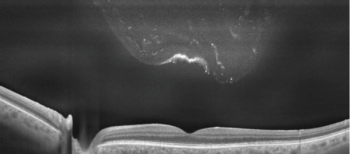
Study evaluates the impact of surgical procedure on visual outcomes in patients.

All syringes used for intravitreal injections have pros and cons. Some recently marketed and forthcoming products are coming closer to meeting “ideal” criteria.
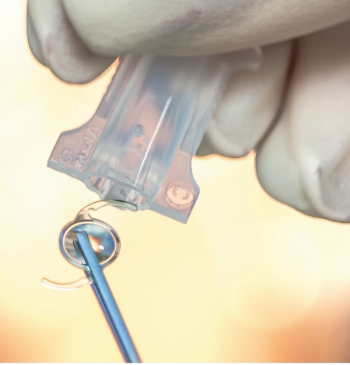
Procedure increases lens stability and improves visual acuity in patients.
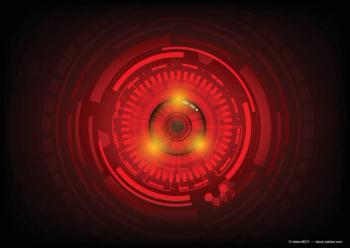
In light of an unprecedented year filled with technological advancements and pivots, Joshua Mali, MD, offers his top 5 predictions in ophthalmology for 2021.
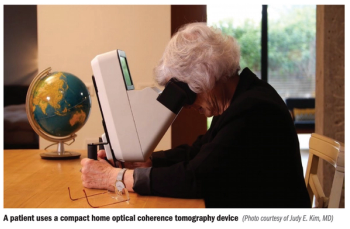
Novel OCT system with AI-based image analysis holds promise.
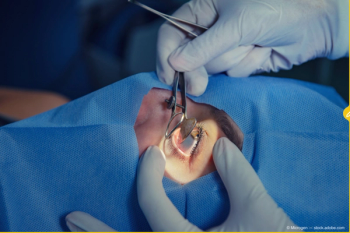

Newest advances improving ophthalmologists’ performance in operating room.
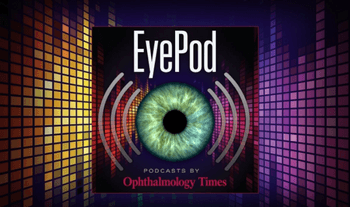
Ehsan Rahimy, MD, speaks on the highlights of a study he presented at this year's virtual AAO 2020 meeting that aimed to integrate an artificial intelligence screening system for managing diabetic retinopathy referrals in a primary care setting — with limited specialty support.